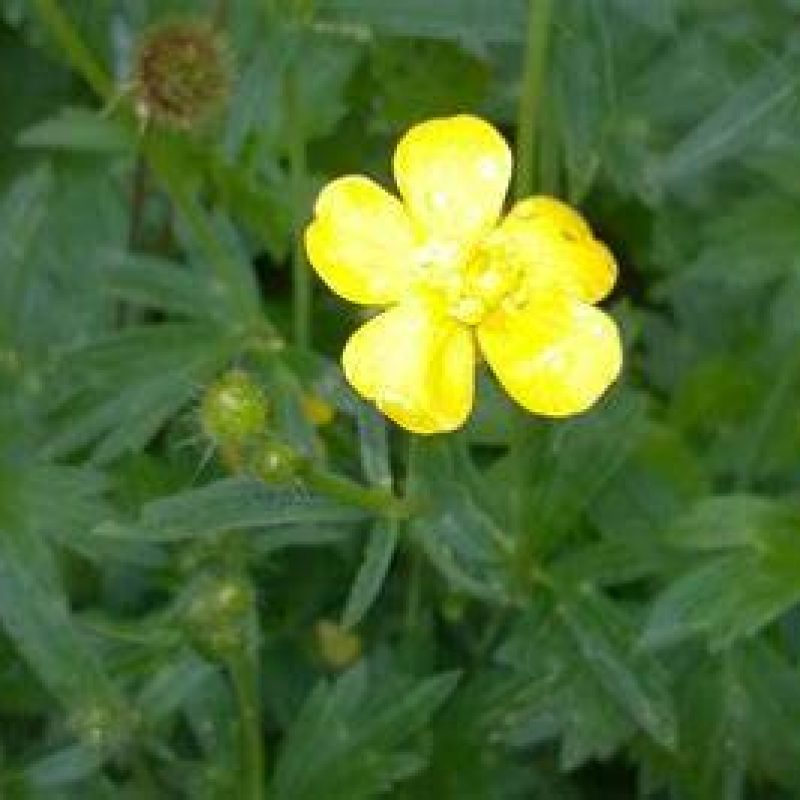
Common Evening Primrose
Scientific name
Oenothera biennis
Description
Common Evening Primrose is a biennial herbaceous wildflower species that typically grows about 1 m in height. The first year, the plant appears as a rosette of basal leaves, then grows a stiff, hairy, flowering stem the second year. The leaves are light or olive green colored, narrow, lance shaped with a pointed tip, and have toothed margins. The flowers are bright yellow, fragrant, bowl shaped, have four petals, and bloom between June and September. The flowers open up at a visibly fast speed in the evening (giving the flower its name) and remain open from evening to early morning, but may remain open longer on cloudy days. Long narrow seedpods develop, which split open from the top to release many tiny, irregular brown seeds. The seeds are small enough to be dispersed by the wind. The root system consists of a fleshy taproot. The taproot and shoots are both edible. This wildflower attracts pollinator species such as Sphinx Moths, Ruby-Throated Hummingbirds, Honeybees, and Bumblebees.
Planting conditions
Common Evening Primrose grows best in dry to normal conditions with full sun exposure. It prefers well-drained, rocky or sandy soil types. It can tolerate drought but young plants should be watered occasionally until established. This wildflower can be naturally found in prairies, thickets, lake shorelines, meadows, and roadsides ditches.
Details
-
Plant height:
- Max 1.5m
- Max 2m
- Max 3m
- Any
-
Moisture level:
- Dry
- Normal
- Drought Tolerant
-
Light conditions:
- Full sun
- Partial sun
-
Soil type:
- Sandy
- Loamy
- Rocky
-
pH:
- Normal
-
Depth:
- Wildflower
-
Eco Zone:
- 3b
- 4a
- 4b
- 5a
- 5b
- 6a
- 6b
- 7a
-
Plant type:
- Wildflower
-
Height:
- 1 m
-
Spread:
- 0.5 m

